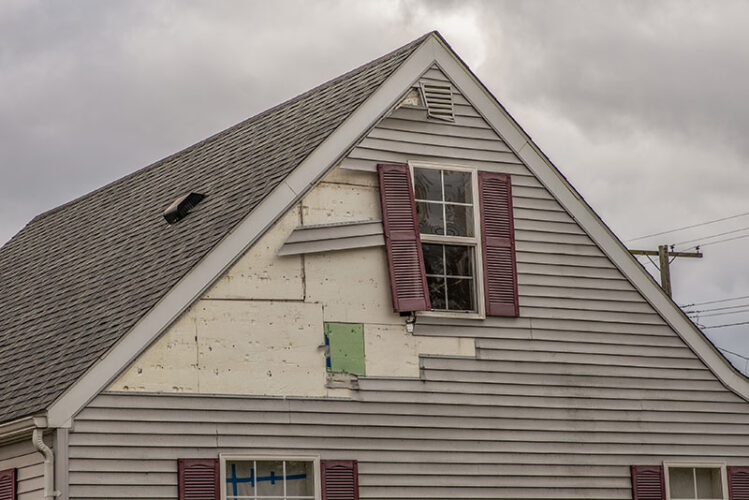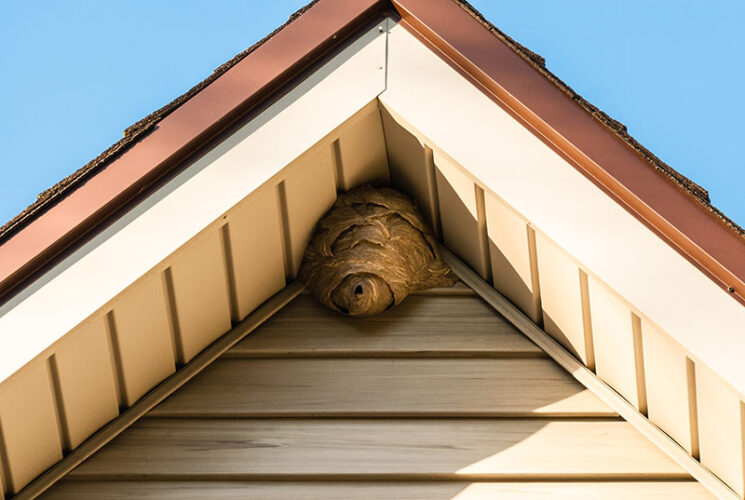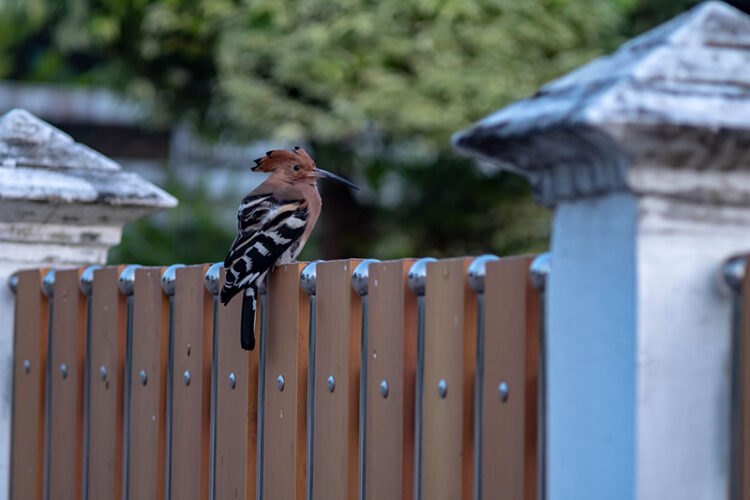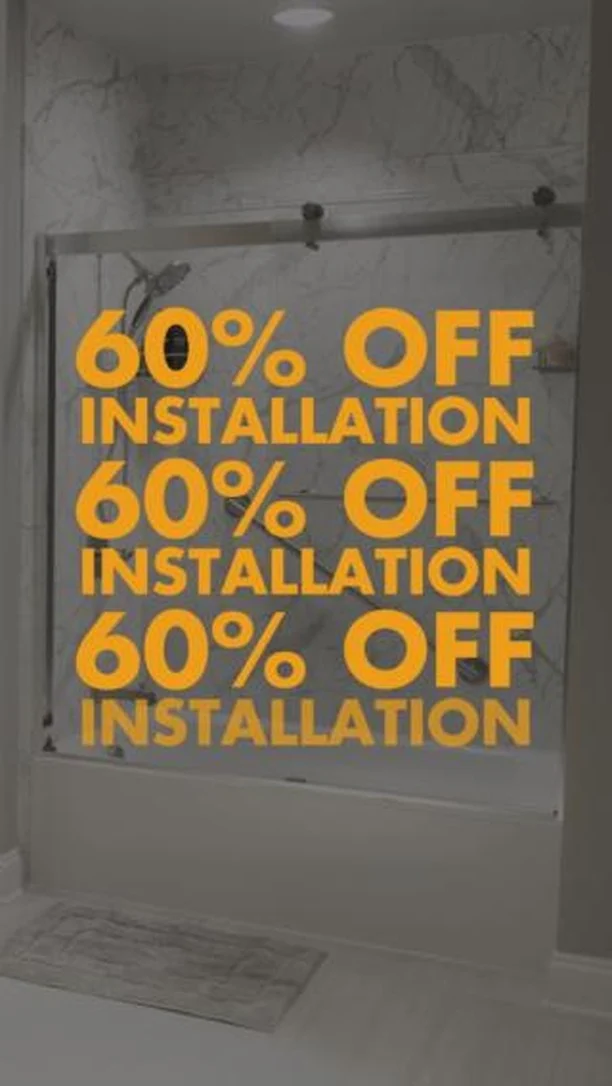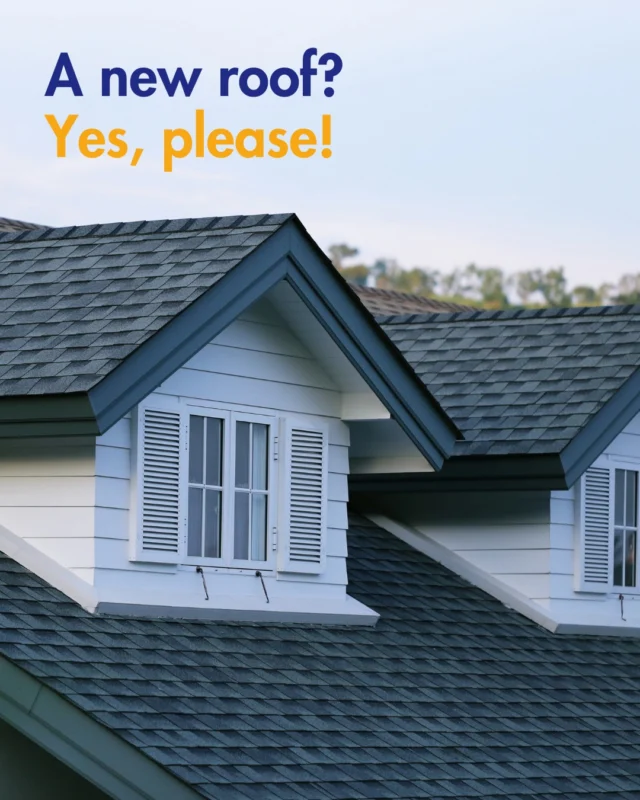What Is the Best Siding for a House?
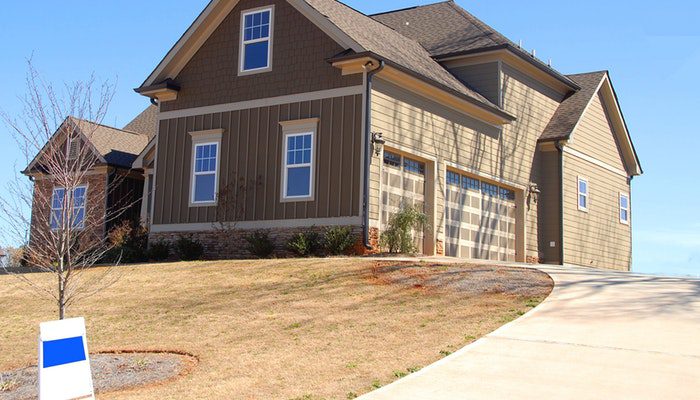
What is the best siding for a house? Siding is an attractive and versatile way of covering the exterior of your home. Whether you’re building a new home or are looking for a home improvement project, siding installation is almost always the way to go. New siding will greatly improve your home’s curb appeal while also increasing its value.
In addition, siding will act as the first line of defense, providing both protection against the elements as well as insulation. That said, there are several types of siding available; the most common include vinyl, wood, engineered wood, aluminum, and fiber cement. Below is a short rundown of these siding types.
Vinyl Siding
Vinyl siding is the most popular across the country with roughly a third of homeowners choosing it for its affordable price and high durability. Unlike most other types of siding, vinyl requires little to no maintenance since it’s not susceptible to weather or insect damage. The new type of vinyl siding will also not fade in color, keeping its look for decades instead of years.
Get a Free Estimate Today
60% off installation. Special financing available. See details.
Wood Siding
Pine, spruce, Douglas fir, or cypress are some common types of wood siding. These woods are pretty economical and durable as far as wood siding is concerned. Cedar and Redwood, on the other hand, offer better rot resistance but are more expensive. That said, the advantages of wood siding include installation affordability, customization, and traditional look. On the downside, however, wood siding requires a lot more maintenance, is prone to rot, insect, and water damage, and will need repainting every few years.
Engineered Wood Siding
Engineered wood siding is made out of hardwood or plywood sheets bonded together with special resins and treated with fungicide and insecticide. It’s lighter and easier to install than regular wood siding but can experience various issues if not installed properly. The most common of these is water infiltration and humidity.
Aluminum Siding
Aluminum siding probably has as many benefits as it has drawbacks. On the one hand, it’s completely waterproof, insect-proof, and fire-resistant. It won’t rot, encourage mildew, and will not rust. It’s also 100% recyclable. That said, it’s also prone to scratching and becoming disfigured over time. Likewise, it’s not as aesthetically pleasing as other types of siding, and its colors will fade in time. It dents pretty easily, and it’s particularly noisy in extreme weather, storms, or high winds.
Fiber Cement Siding
This type of siding is a mixture of materials including sand and cardboard fibers. Its main advantages include the fact that it’s relatively low-cost, it’s durable, as well as rot and insect resistant. It also fairs well against water and humidity and is non-flammable. However, fiber cement siding will typically involve a costly installation due to increased manpower and time needed. Likewise, it will need to be repainted somewhat regularly and will be difficult to replace.
Takeaway
So, what is the best siding for a house? Basically, this all boils down to personal preference and budget. Whatever option you choose, the best way to go, in our opinion is to find one that will strike the best cost-to-value ratio that suits your needs. No one siding type is perfect, but some may work better for you than others. 1-800-HANSONS is here if you need us for any home improvement project. Contact us today for a free estimate!

